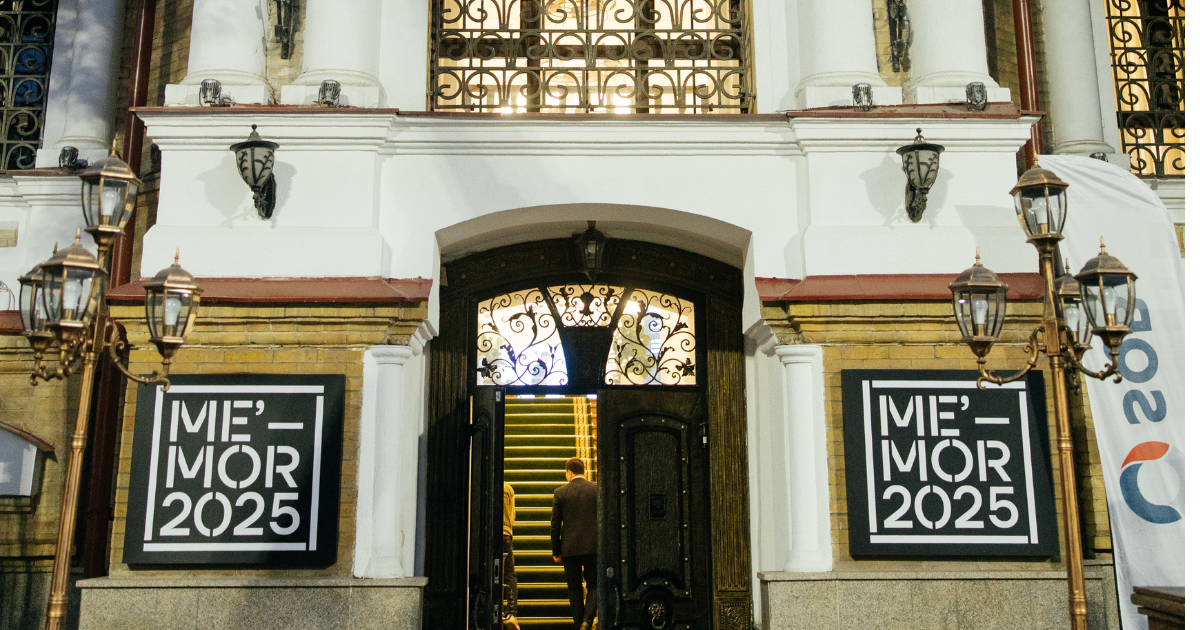Be like Galliano
The world's best art schools

French fashion designer and creative director of Louis Vuitton, Nicolas Ghesquière, turned down a spot in art school at the age of 18 to work as an assistant for Jean-Paul Gaultier. It was a decision that paid off: by the time he was 25, he was a candidate for the head position at Balenciaga. However, such cases are more the exception than the rule. More often, recognition is achieved by those who have gone through the full journey—learning the ropes in an art school.
We have compiled a list of the best art schools in the world, where some of the greatest talents began their journeys.
Parsons, USA
Parsons School of Design is the very first school of art, fashion, and design in the United States. Today, the institution consistently ranks among the most prestigious in the world, but back in 1896, American artist William Merritt Chase had to work hard to establish it.
Chase led a group of experimentalists who left the Art Students League of New York in search of free and unconventional expression in art. It was at Chase's school that famous artists Marsden Hartley and Edward Hopper found their style.
By 1904, Frank Parsons began teaching at the school, and six years later, he became its president. Foreseeing the new wave of the Industrial Revolution, Parsons completely revamped the curriculum, launching America's first courses in advertising, fashion design, and interior design. The school thus became a pioneer in design education, and in 1941, it was renamed in Parsons' honor for his contributions.
The list of Parsons School alumni is the best testament to the institution's caliber. Among its graduates are designers Tom Ford, Marc Jacobs, Anna Sui, Alexander Wang, Donna Karan, Derek Lam, and photographer Steven Meisel.
Royal Academy of Fine Arts Antwerp, Belgium
At first glance, the Royal Academy of Fine Arts in Antwerp appears to be a classic European art school, established in 1663. Until the mid-20th century, it provided fundamental education in arts and crafts. However, in the 1960s, new departments began to emerge, and when Linda Loppa took over the fashion department in the early 1980s, the academy's history changed forever.
Loppa's first students included the now-legendary Antwerp Six—designers Ann Demeulemeester, Walter Van Beirendonck, Dirk Van Saene, Dries Van Noten, Dirk Bikkembergs, and Marina Yee. Later, other notable designers like Raf Simons, Haider Ackermann, and Demna Gvasalia followed.
It was at the Royal Academy of Fine Arts in Antwerp that the story of new Belgian fashion began, a place where some of the most progressive contemporary designers were born.
Central Saint Martins of Art and Design, UK
Getting accepted into and graduating from one of the oldest and most eccentric educational institutions in the world is no easy feat. But if you manage to do so, it's worth it: graduates of the famous Central Saint Martins form the creative elite of today.
One of the school's buildings was located near the Soho district, home to numerous nightclubs, bars, galleries, and theaters, which significantly influenced the college's self-identity.
The primary rule at CSM is not to teach how to sew, draw, or act correctly. It's assumed that students already know and can do these things. Their task is to learn how to be bold. The college offers courses in fine arts, graphic design, photography, and acting, but the fashion department is particularly legendary.
Alexander McQueen, John Galliano, Riccardo Tisci, Stella McCartney, and Christopher Kane are just a few of the iconic designers who graduated from CSM. Among the alumni are also actors Colin Firth, Tom Hardy, Emilia Clarke, singer MIA, musician Damon Albarn, director Mike Leigh, and avant-garde artist Frank Auerbach.
Bunka Fashion College, Japan
The history of modern fashion education in Japan began in 1919 when Isaburo Namiki founded the School of Dressmaking for Women and Children. It was the only educational institution where clothing technology and design were taught in a European style—at a time when most Japanese people still wore traditional kimonos.
The small dressmaking school grew with the help of entrepreneur Seishiro Endo, who worked as a salesperson for the Singer company. He was the one who brought the famous German sewing machines to Japan.
The school evolved, and in 1936 it was renamed Bunka Fashion College — “Bunka” meaning “culture” in Japanese.
Since then, the college has grown into Japan's most renowned fashion institution. Among its graduates are legendary designers Kenzo Takada, Yohji Yamamoto, Chisato Tsumori, Keita Maruyama, Junya Watanabe, and Jun Takahashi. The college offers several departments, including fashion design, fashion technology, applied arts, as well as communication and marketing.
Ecole de la Chambre Syndicale de la Сouture Parisienne, France
The Paris fashion school was founded in 1927 as part of the Chambre Syndicale de la Haute Couture—a body that determines the status of couturiers organizes the most important fashion shows, and decides which fashion houses are worthy of membership in the syndicate. The school was intended to be a place that would produce designers of such caliber that they could one day become members of this prestigious organization.
And it did just that. Among the alumni are none other than Yves Saint Laurent, Karl Lagerfeld, André Courrèges, Issey Miyake, Olivier Lapidus, and others.
Aalto University, Finland
Aalto University was established in 2010 through the merger of three of Finland's leading schools—the Helsinki University of Technology, the Helsinki School of Economics, and the University of Art and Design Helsinki. This decision was made with a purpose: the close connection between science, business, and art is intended to lead to innovative research in interdisciplinary fields.
The University of Art and Design Helsinki, in particular, was where all key figures of Finnish art, design, and cinema graduated, including Tapio Wirkkala and Kaj Franck. The university itself was named after the world-renowned architect and its alumnus—Alvar Aalto.


